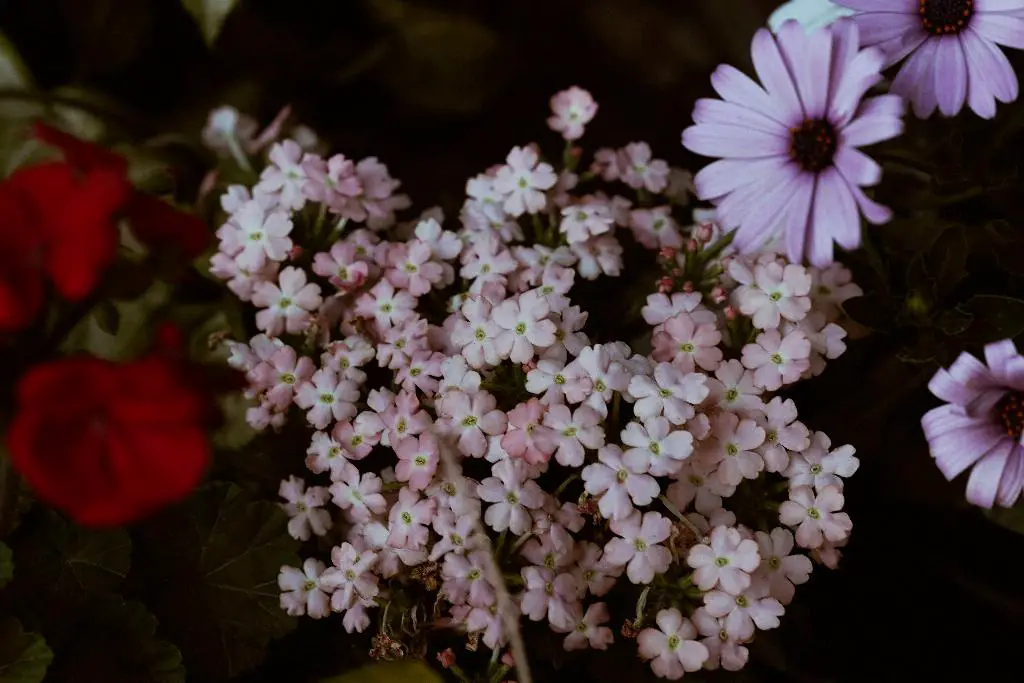Phlox flowering plants are renowned for their vibrant and colorful blooms that add a touch of elegance to gardens and landscapes. These perennial plants are relatively easy to maintain, but knowing when to prune them is crucial for their health and overall appearance.
Importance of Pruning Phlox Plants
Pruning phlox plants is essential to promote healthy growth, prevent disease, and encourage abundant blooms. Regular pruning helps maintain the plant’s shape, improves air circulation, and removes dead or diseased parts.
Factors Affecting Pruning Timing of Phlox Plants
The timing of pruning phlox plants is influenced by various factors such as the plant’s growth cycle, seasonal changes, and weather conditions. Understanding these factors is critical to determining the best time to prune your phlox plants.
Best Time to Prune Phlox Plants
Knowing the growth cycle of phlox plants is essential when deciding the optimal time for pruning. It’s recommended to prune phlox plants in late autumn or early spring before new shoots emerge. This allows for winter shelter for insects and promotes healthy regrowth.
Methods for Pruning Phlox Plants
When pruning phlox plants, it’s important to have the right tools, including sharp scissors or pruning shears. Follow a step-by-step guide to ensure proper pruning, removing dead flower heads and stems. Additionally, post-pruning tips such as watering and fertilizing are crucial for plant health.
Common Mistakes to Avoid When Pruning Phlox Plants
Avoid over-pruning phlox plants as it can lead to stress and reduced flowering. Using incorrect pruning techniques may damage the plant, resulting in stunted growth. Look out for signs of unhealthy pruned phlox plants like wilting or discoloration.

Conclusion
Pruning phlox plants at the right time is vital for their overall well-being. By understanding the importance of proper pruning, plant owners can ensure healthy growth and abundant blooms. Remember to follow the key points discussed in this article to maintain the health and beauty of your phlox plants.
